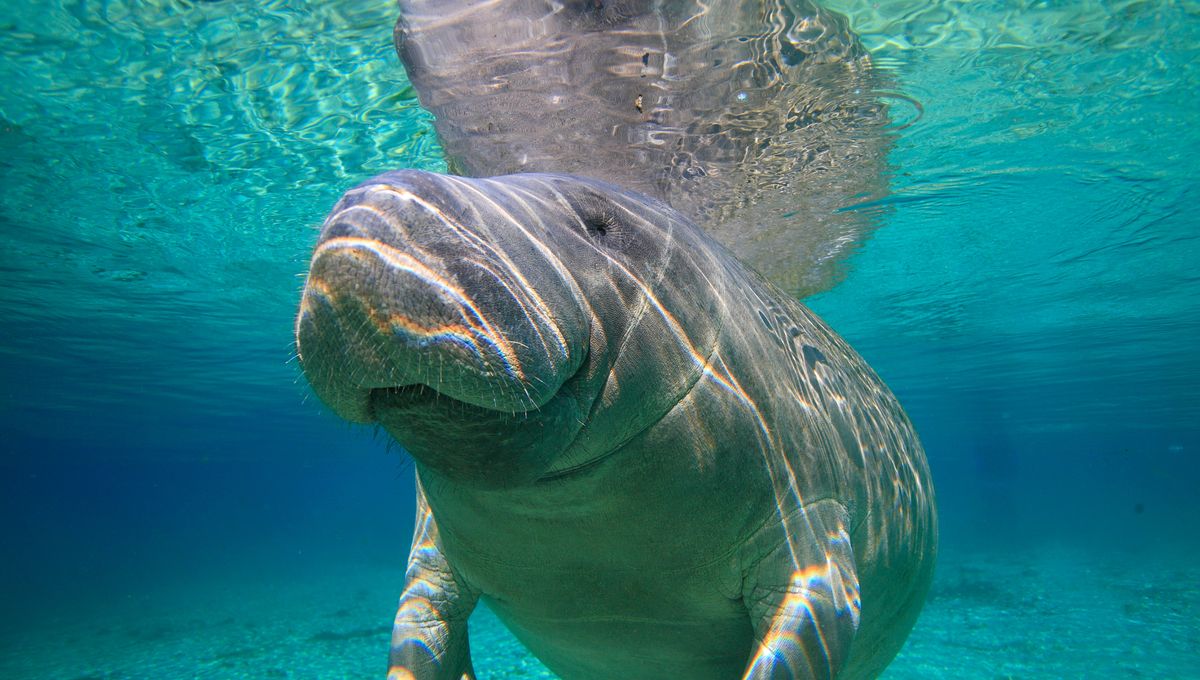
The Trump administration announced earlier this week its proposal to make changes to the Endangered Species Act (ESA), limiting protections given to plants and animals and boosting the influence of economic factors in decision-making.
This isn’t the first time alterations have been made to the ESA; the previous Trump administration made changes to the act back in 2019 and 2020, and the recently proposed rules essentially seek to restore those changes, after they were reinstated during the Biden administration.
“This administration is restoring the Endangered Species Act to its original intent, protecting species through clear, consistent and lawful standards that also respect the livelihoods of Americans who depend on our land and resources,” said Secretary of the Interior Doug Burgum in a statement announcing the proposals.
“These revisions end years of legal confusion and regulatory overreach, delivering certainty to states, tribes, landowners and businesses while ensuring conservation efforts remain grounded in sound science and common sense.”
This latest move wasn’t unexpected; the administration had already proposed changing the definition of “harm” under the act earlier this year, while plans to “drill baby, drill” in wildlife refuges and mine deep-sea ecosystems sparked concerns that further changes to the ESA were also on the agenda.
What is the Endangered Species Act?
Signed into law by Republican President Richard Nixon, the Endangered Species Act of 1973 is widely regarded as one of the world’s most important conservation laws, providing “a framework to conserve and protect endangered and threatened species and their habitats both domestically and abroad”, reads the NOAA Fisheries website, one of the two agencies that leads the implementation of the ESA, the other being the US Fish and Wildlife Service.
Under the law, any attempted or successful “take” – meaning harassing, harming, pursuing, hunting, shooting, wounding, killing, trapping, capturing, or collecting – of endangered species is prohibited (with some exceptions). The import and export of listed species is also generally illegal.
One study estimates that the act has prevented the extinction of nearly 300 species since it came into law, saving more than 99 percent of the species under its protection.
What changes does Trump want to make to the Endangered Species Act?
In total, there are four proposed rules that cover how decisions are made about listing and delisting species, how listed species’ critical habitat is determined, how they are protected, and how agencies work together to ensure they don’t jeopardize listed species or their critical habitat.
One of the most significant proposals is the suggested removal of the “blanket rule”, which automatically gives newly listed threatened species the same protections as those listed as endangered.
Instead, new members of the list would have to wait for species-specific protections. However, threatened species that are already listed and receiving protections under the blanket rule would continue to receive them until their species-specific protections had been determined.
Another critical change is how much economic and national security factors are taken into account when making decisions about how species should or shouldn’t be listed and their critical habitat. Essentially, it’s planned for them to have more influence.
The consequences of that could be the removal of critical habitat, as the proposal would authorize “the exclusion of areas from critical habitat if the benefits of excluding the area outweigh the benefits of designating it as critical habitat.” For example, if the land has a higher value as a financial asset, that could take precedence.
The proposals also include changing the act’s definition of “foreseeable future”, which is used when considering potential future threats to a species and how the species may react to them, for example, threats brought on by climate change. The new definition effectively removes safeguards for those future threats.
How have people reacted?
It’s safe to say that the announcement has attracted mixed opinions. Unsurprisingly, given the potential benefits to it, the proposals have seen support from the energy industry, which has long lobbied for a loosening of the ESA.
“The Trump administration is rightfully redressing problems with E.S.A. and reducing overreaching regulatory burdens,” Melissa Simpson, president of Western Energy Alliance, a trade association, said in a statement seen by The New York Times. “We’ve been pushing for changes like these and believe today’s announcement will continue to protect listed species.”
The reaction from conservation organizations, however, is less positive.
“If these Trump proposals had been in place in the 1970s, the only place you’d find a bald eagle today is on the back of a dollar bill,” said Stephanie Kurose, deputy director of government affairs at the Center for Biological Diversity, in a statement.. “This plan hacks apart the Endangered Species Act and creates a blueprint for the extinction of some of America’s most beloved wildlife.”
We assumed Trump would attack wildlife again but this dumpster fire of a plan is beyond cruel. Americans overwhelmingly support the Endangered Species Act and want it strengthened, not sledgehammered. We’ve fought this before and we’ll fight it again,” Kurose added.
It’s important to note that the changes aren’t likely to come into action soon. Beginning November 19, the proposed rules are open for public comment, and after that, it typically takes two to three years to actually become enacted.
Source Link: The Trump Administration Wants To Change The Endangered Species Act – Here’s What To Know